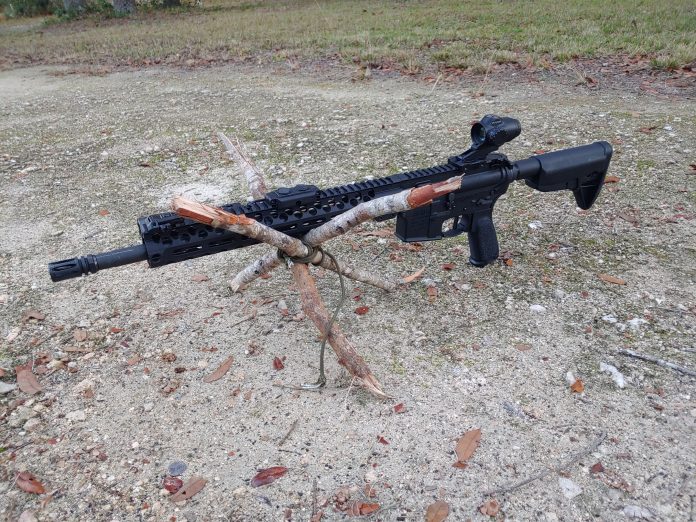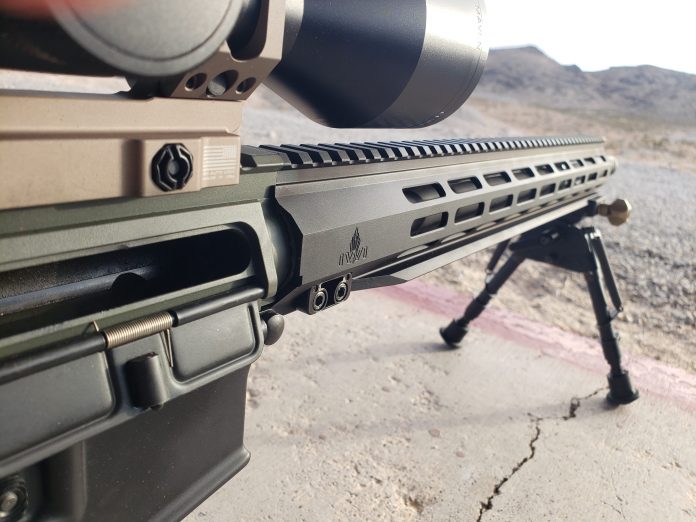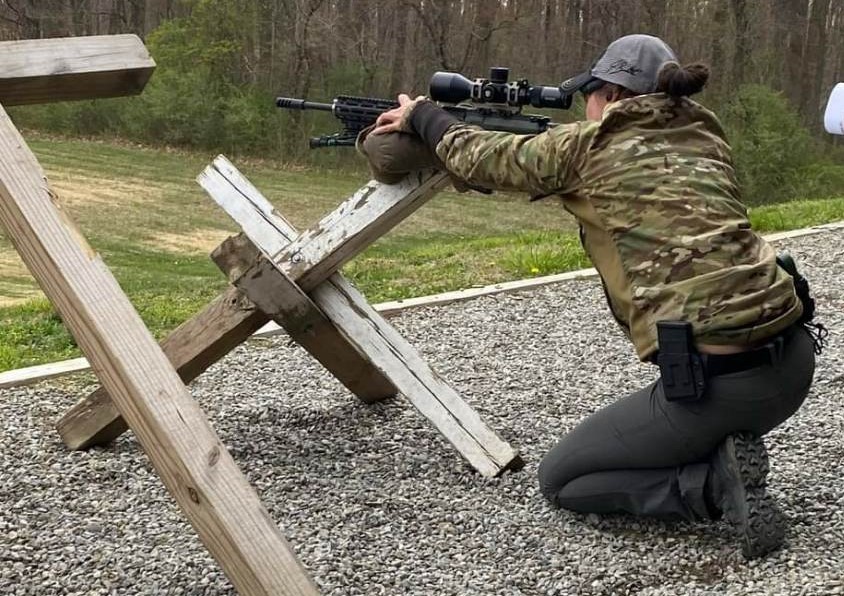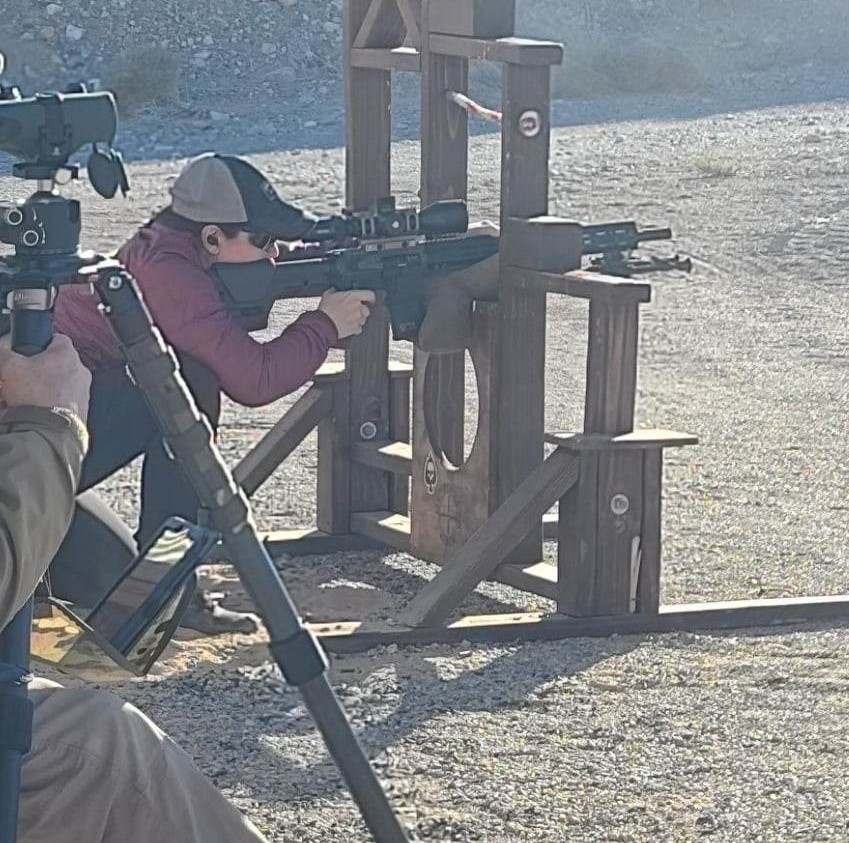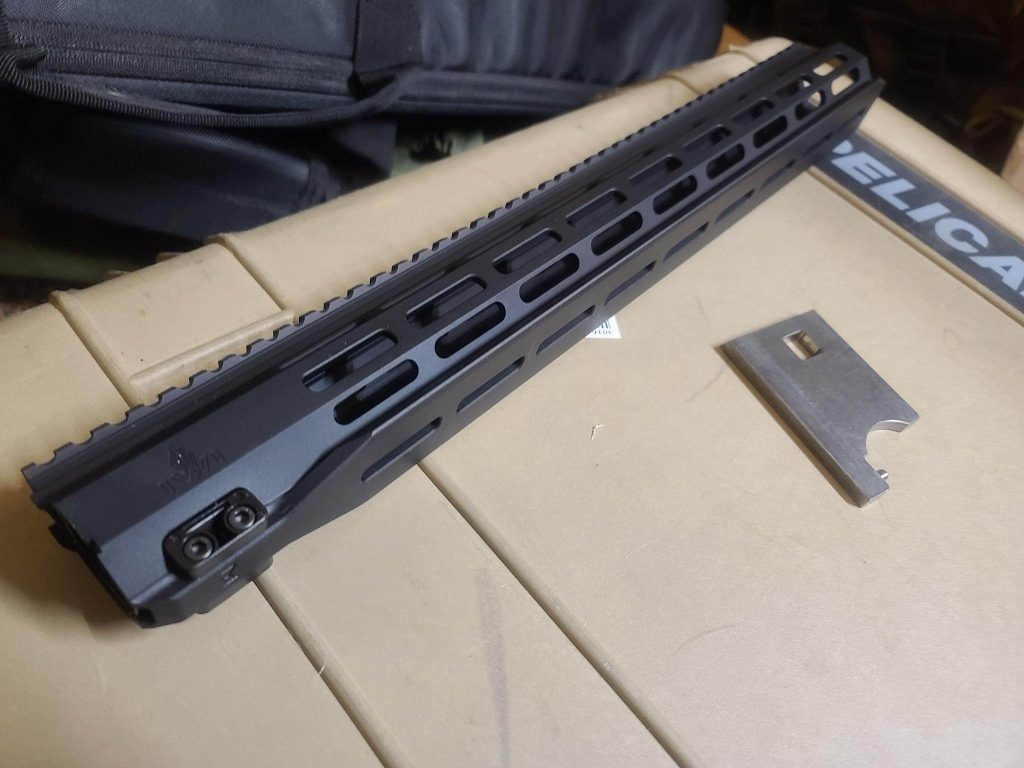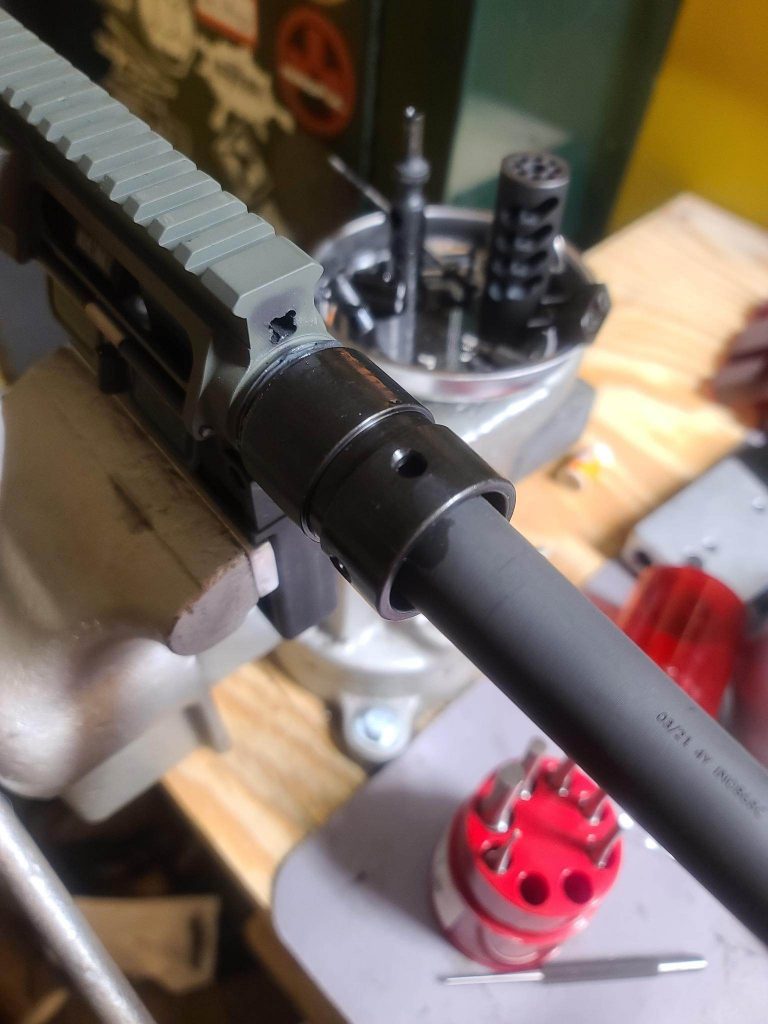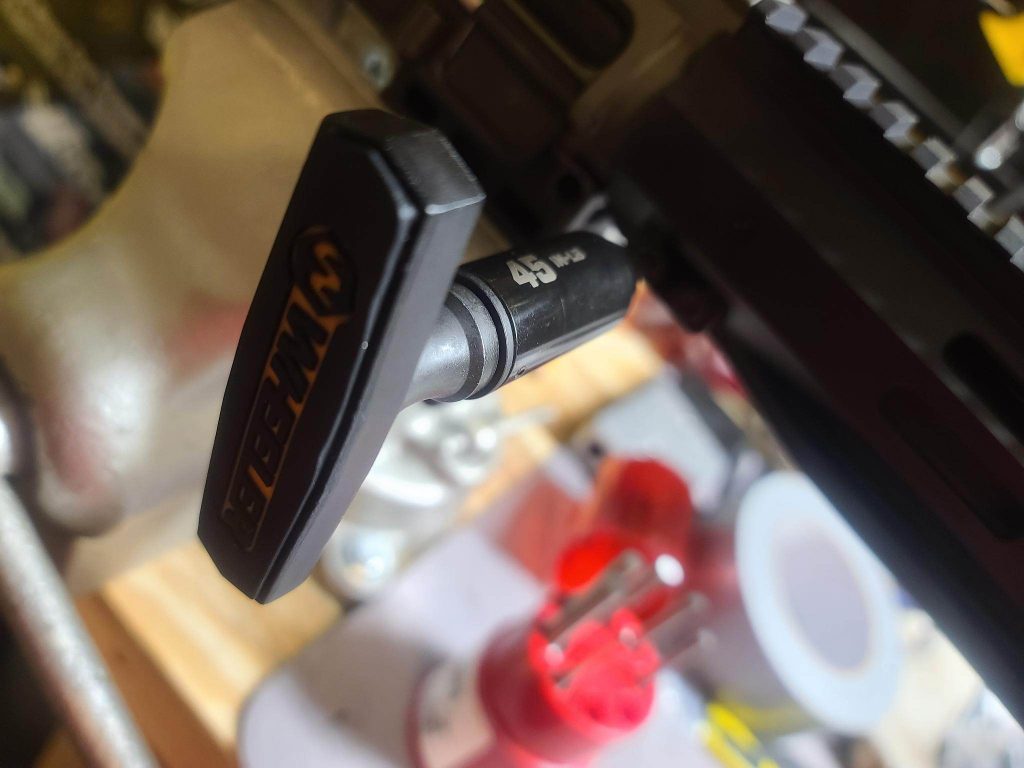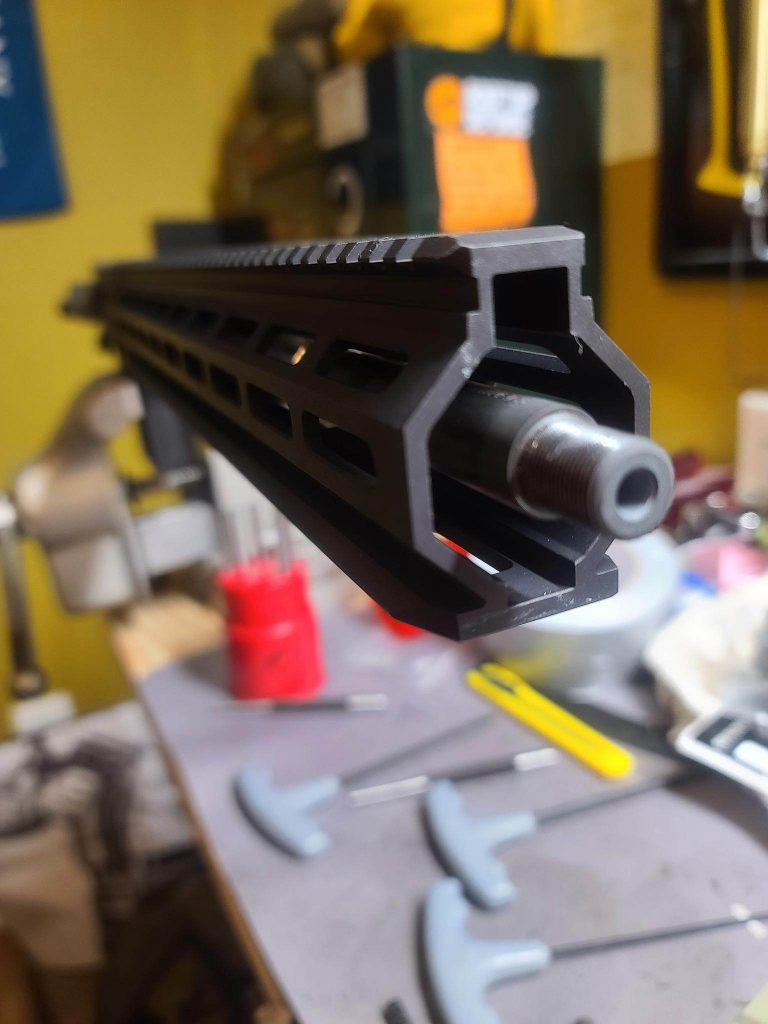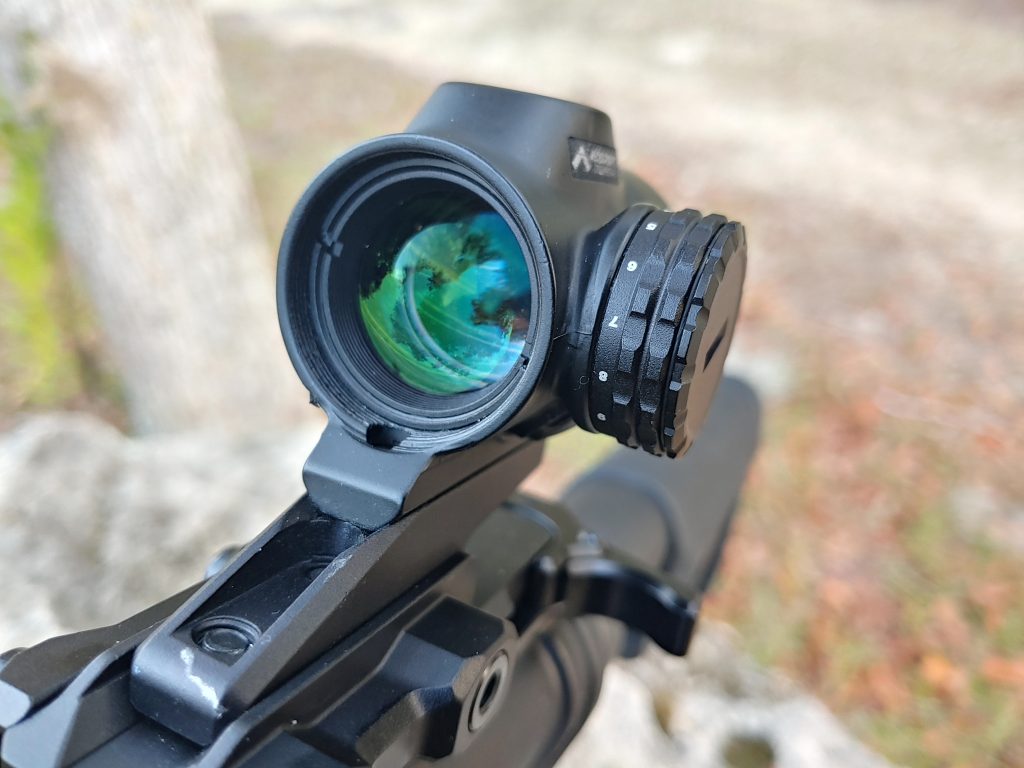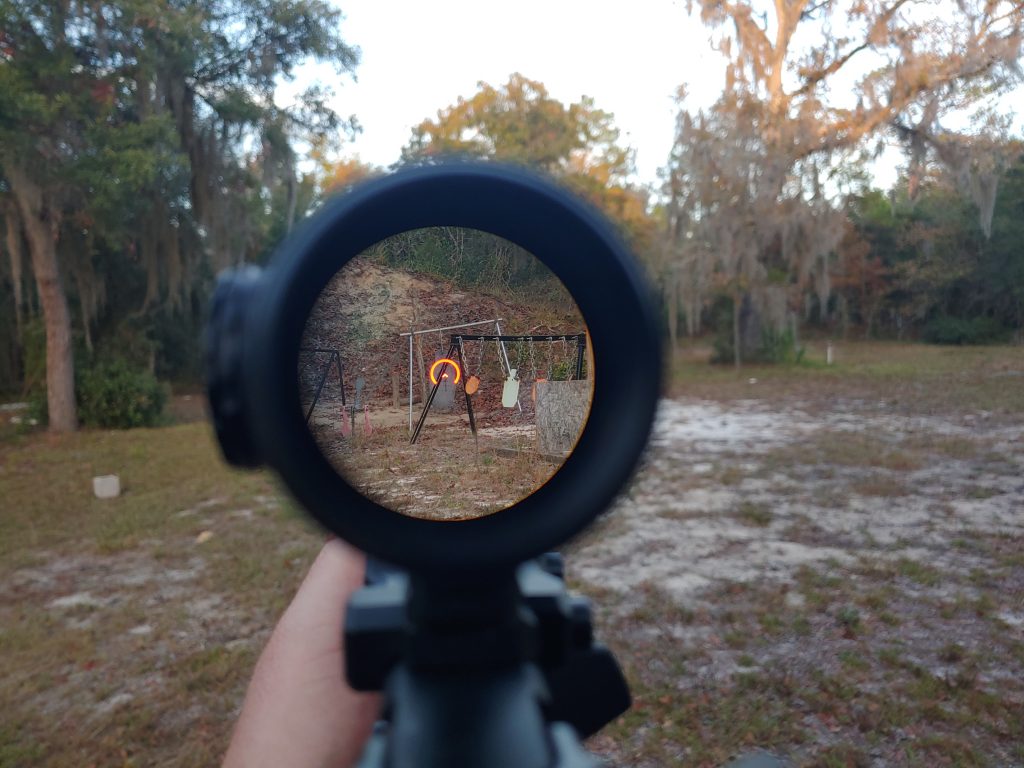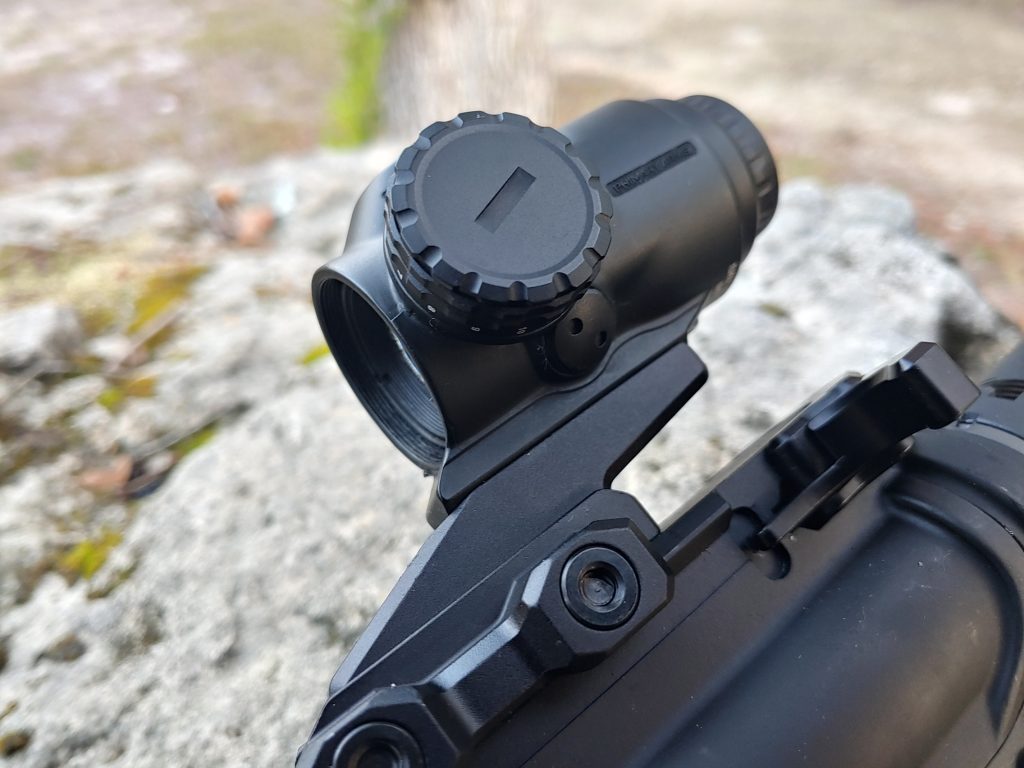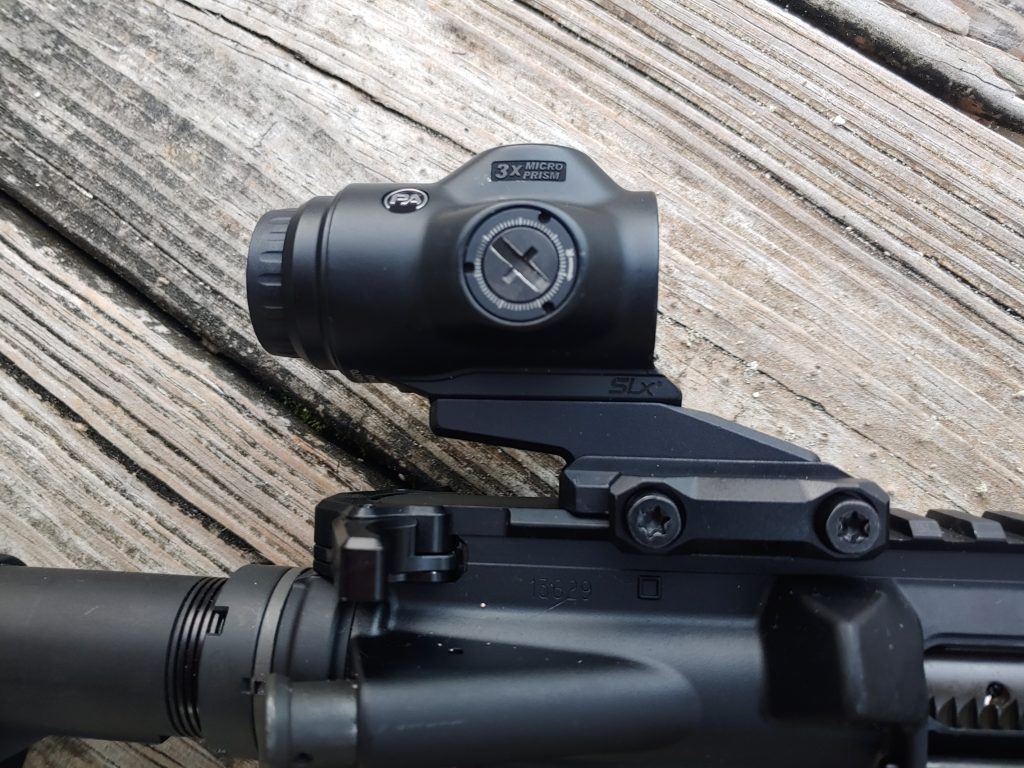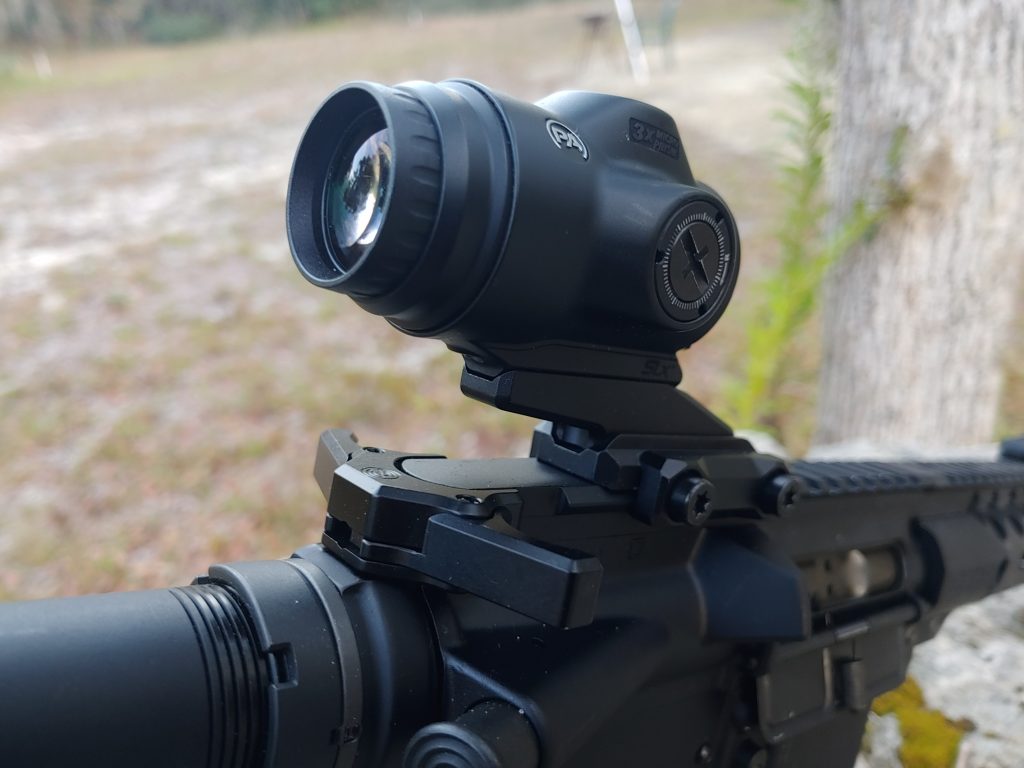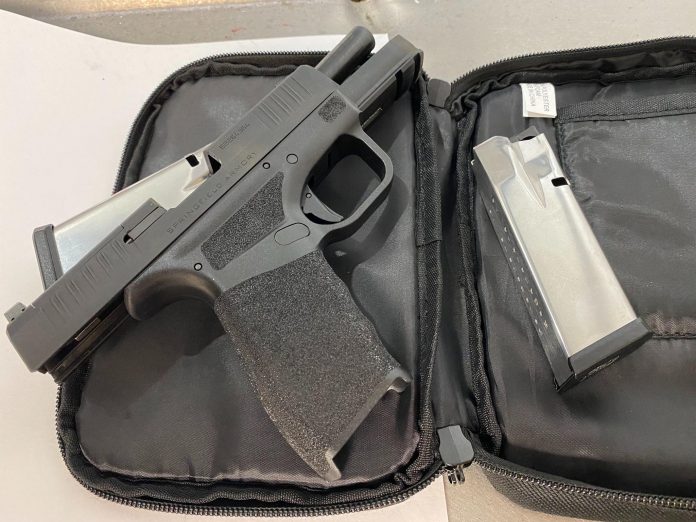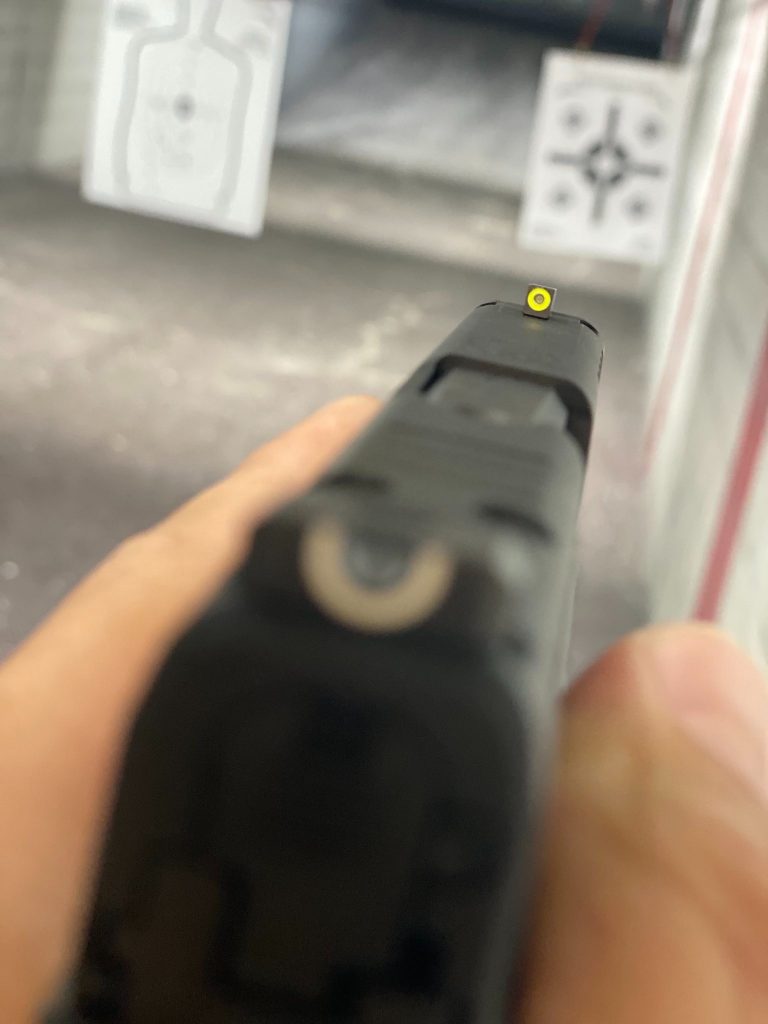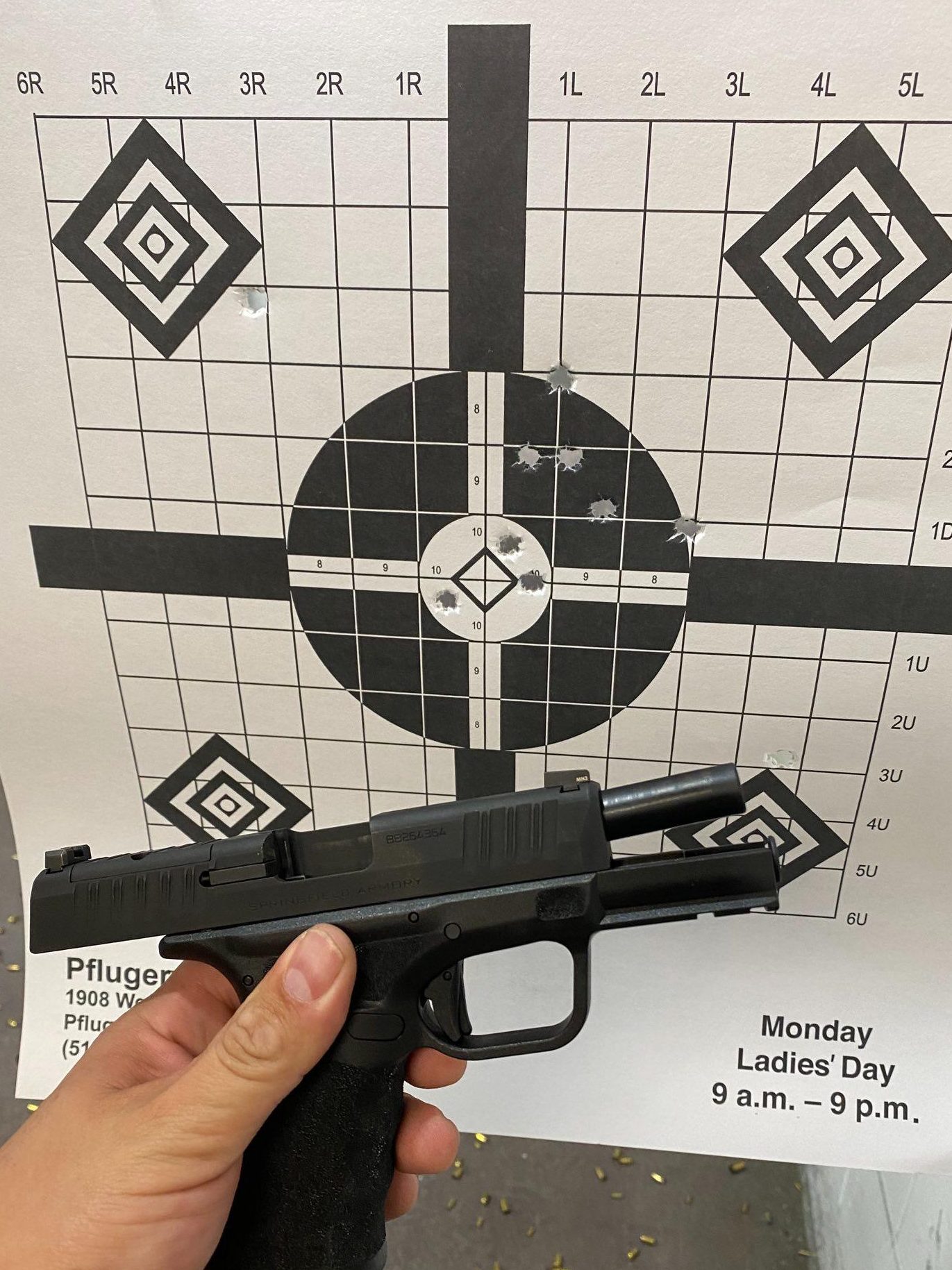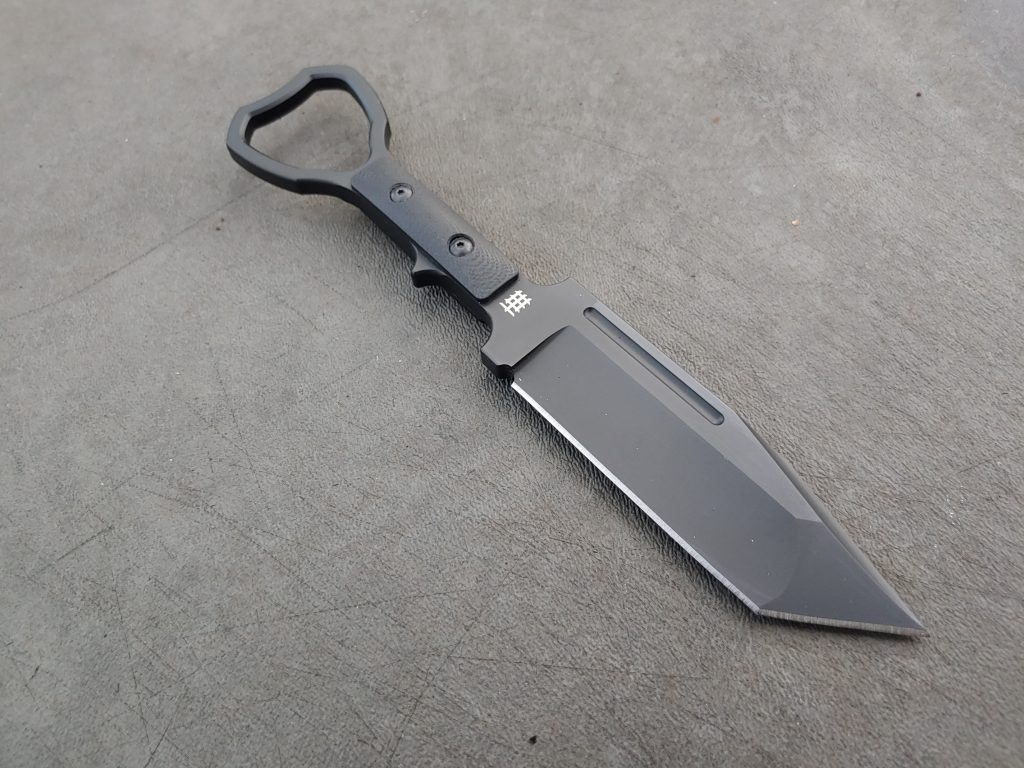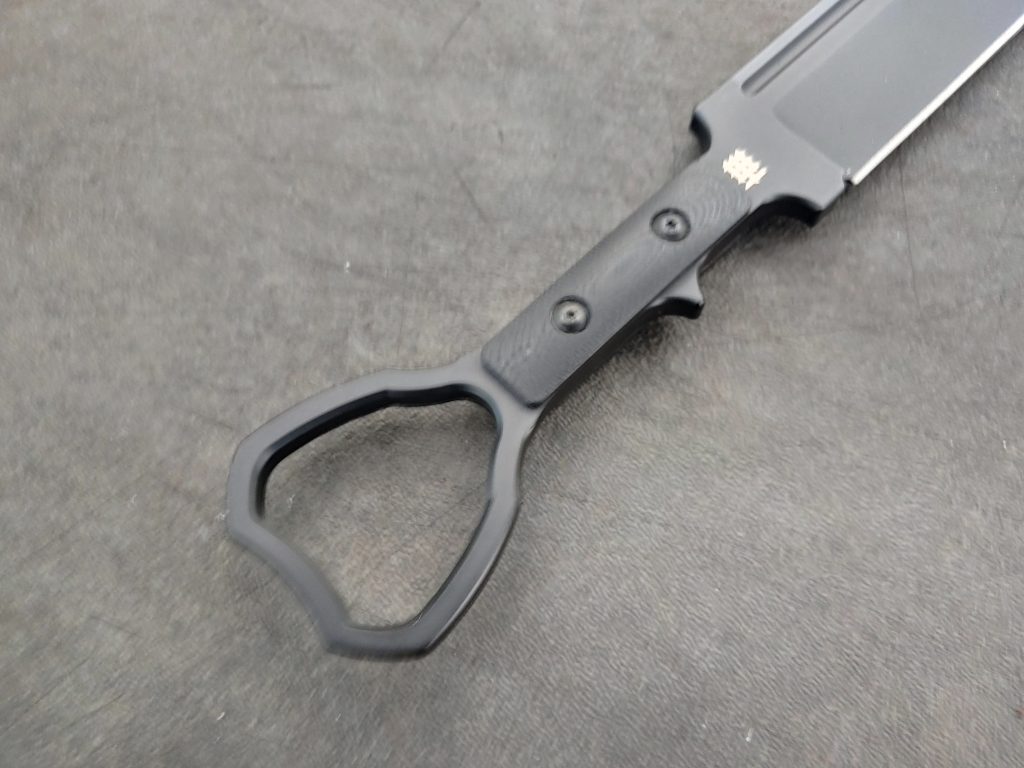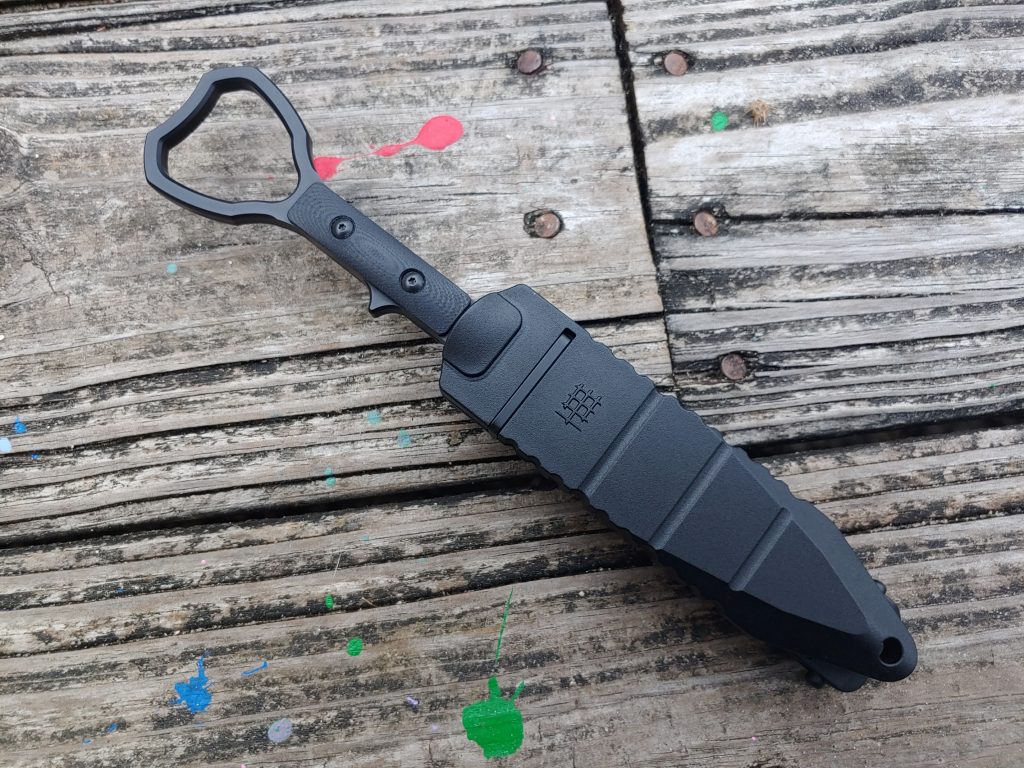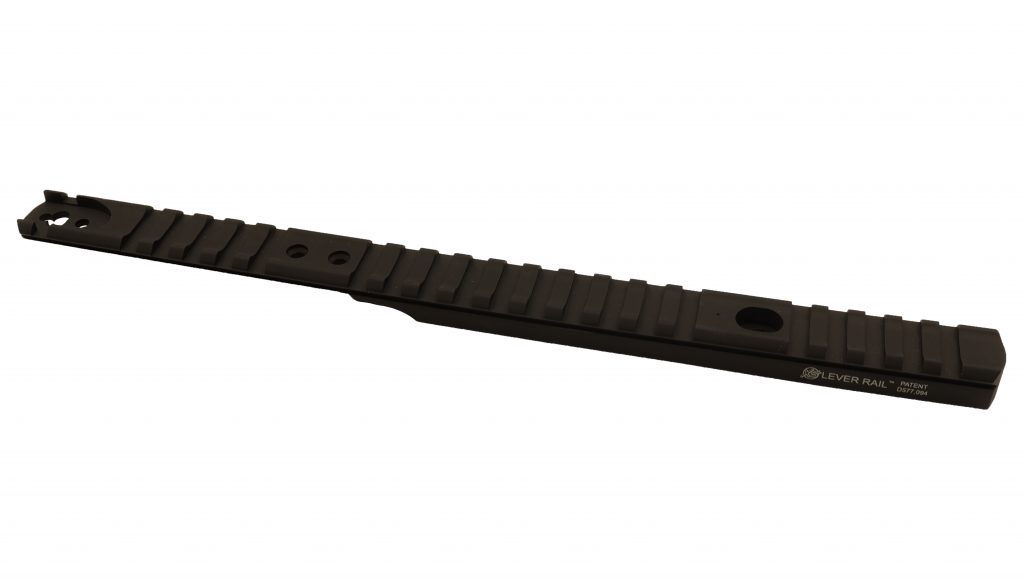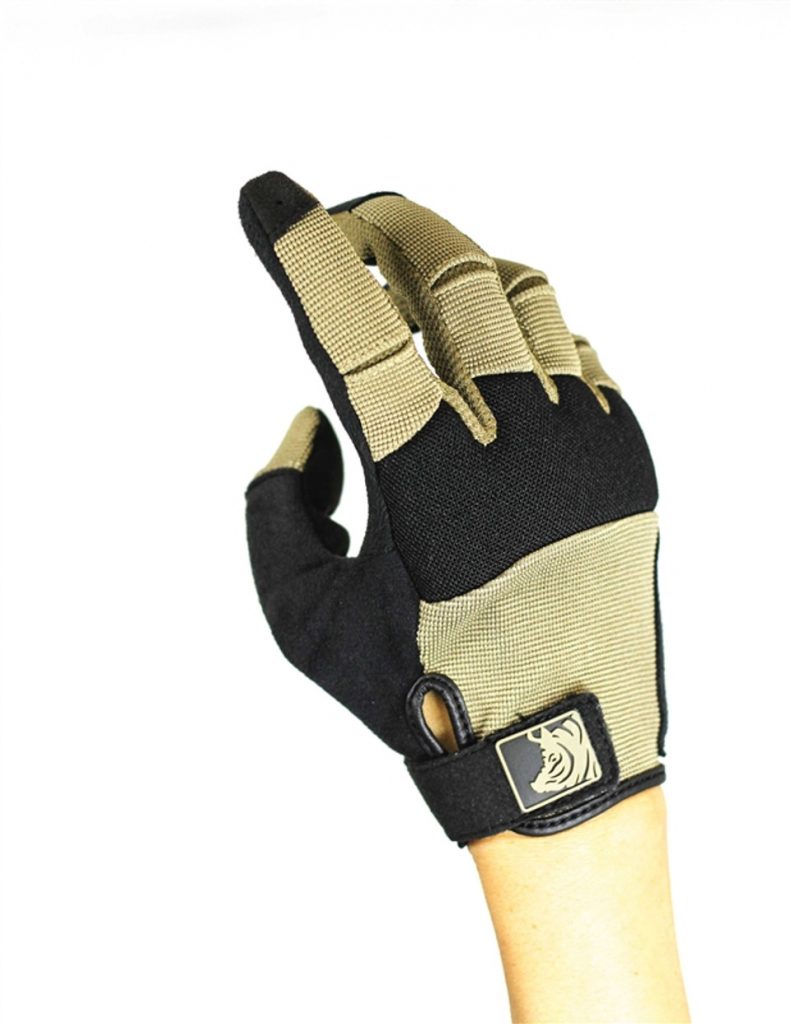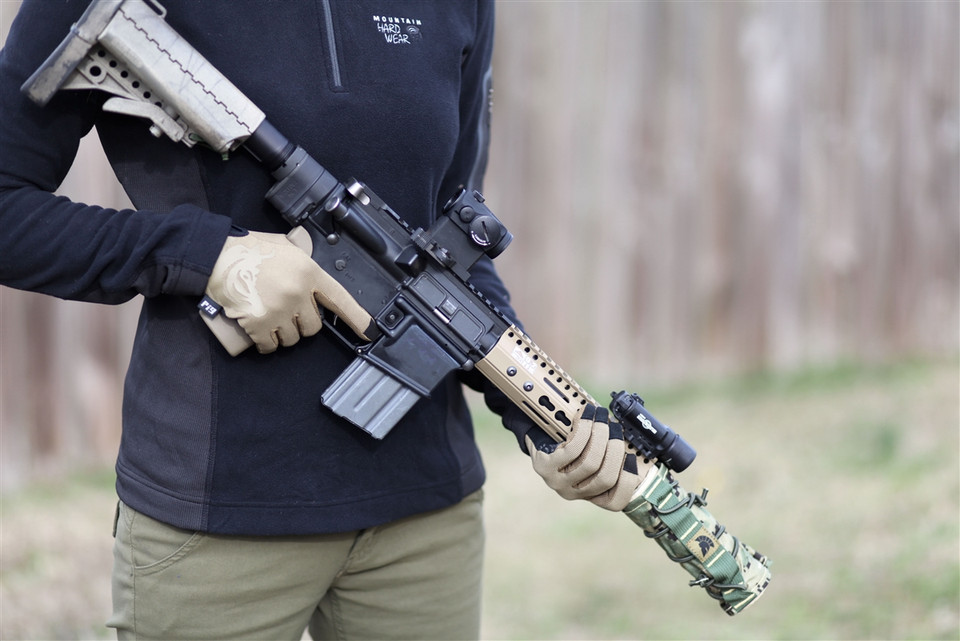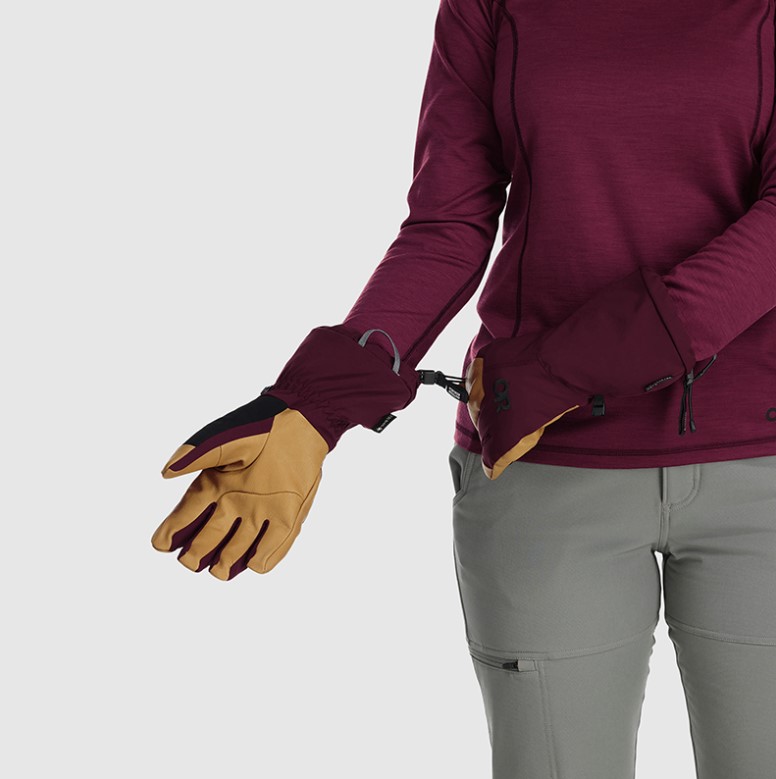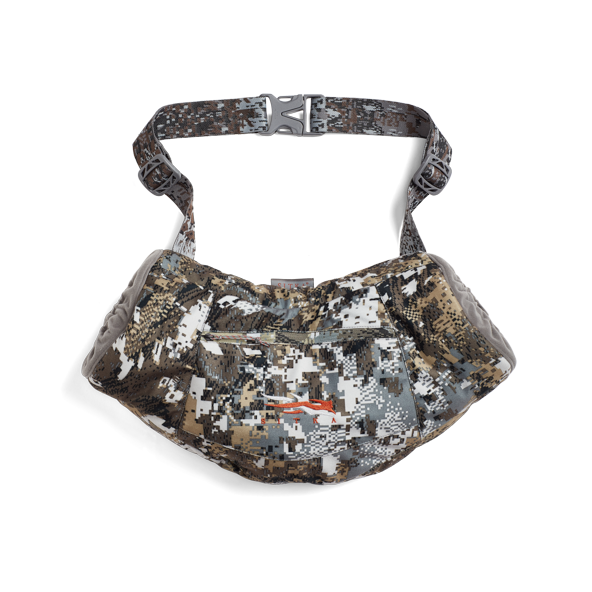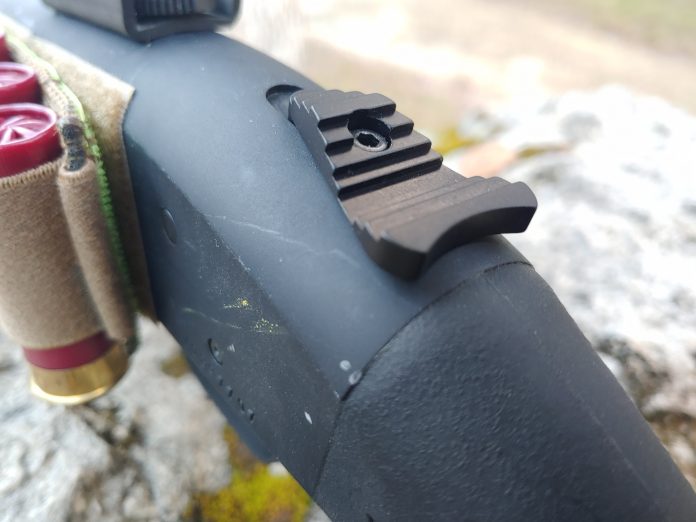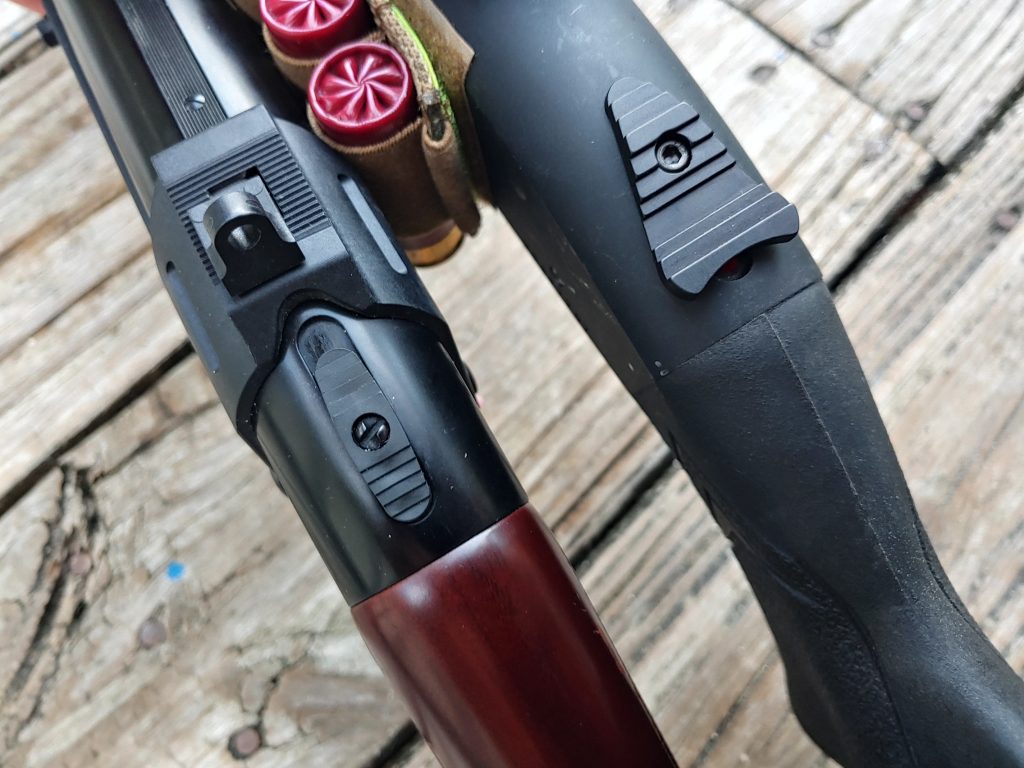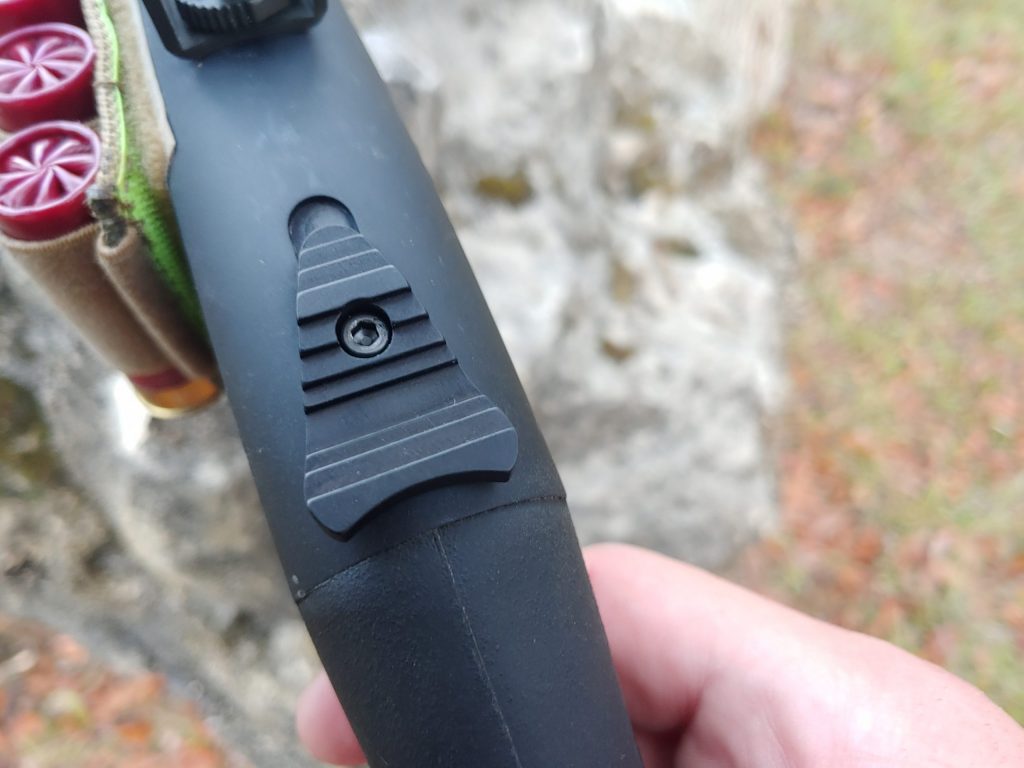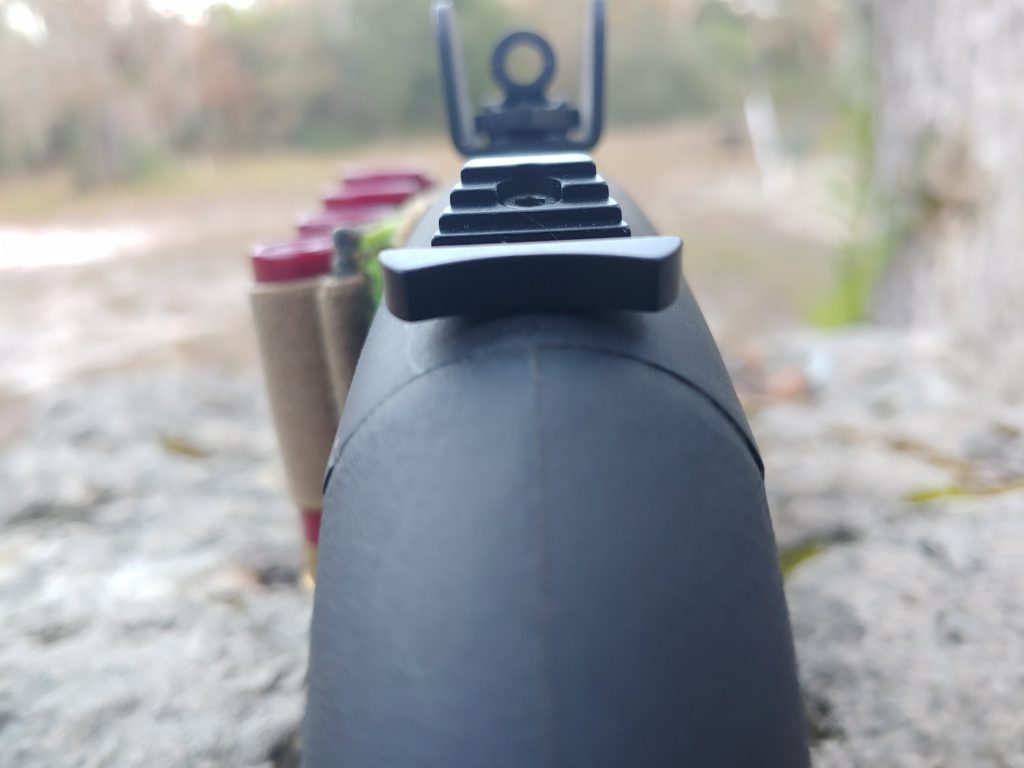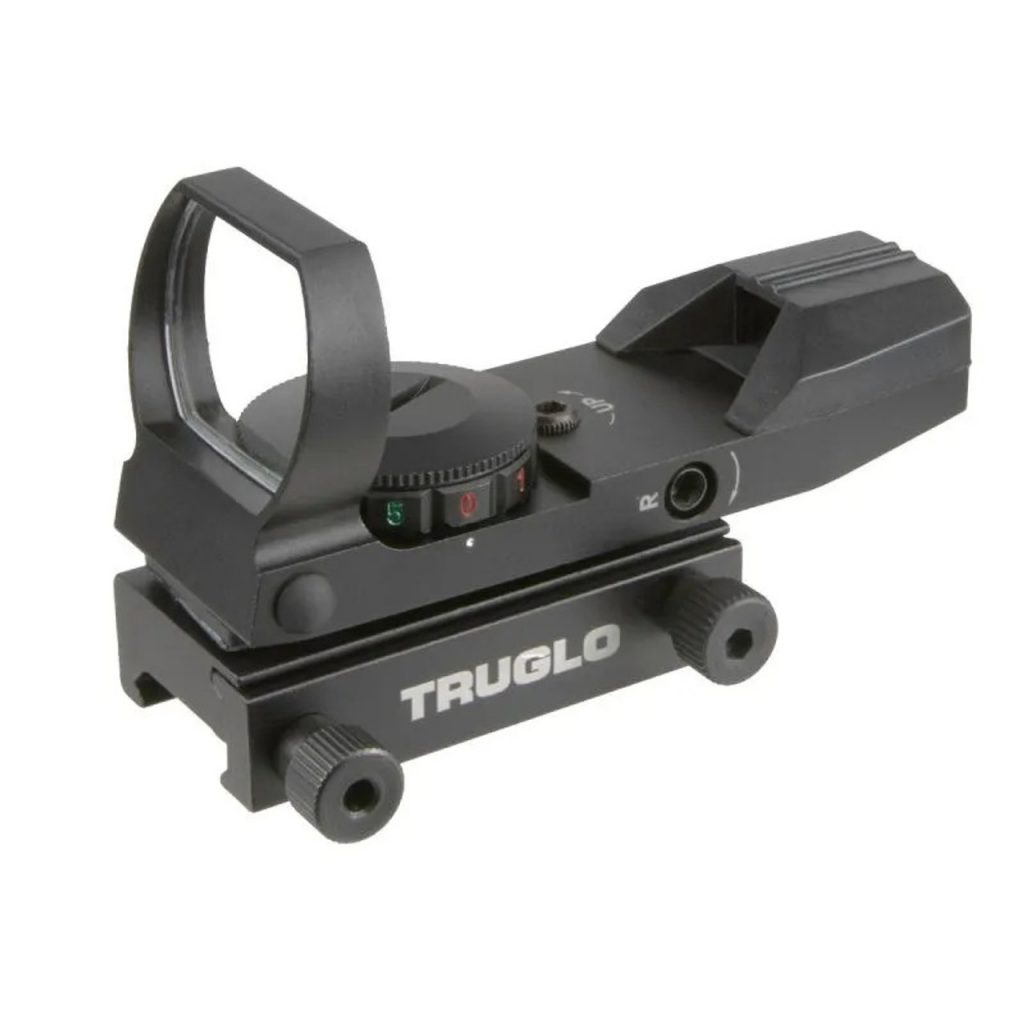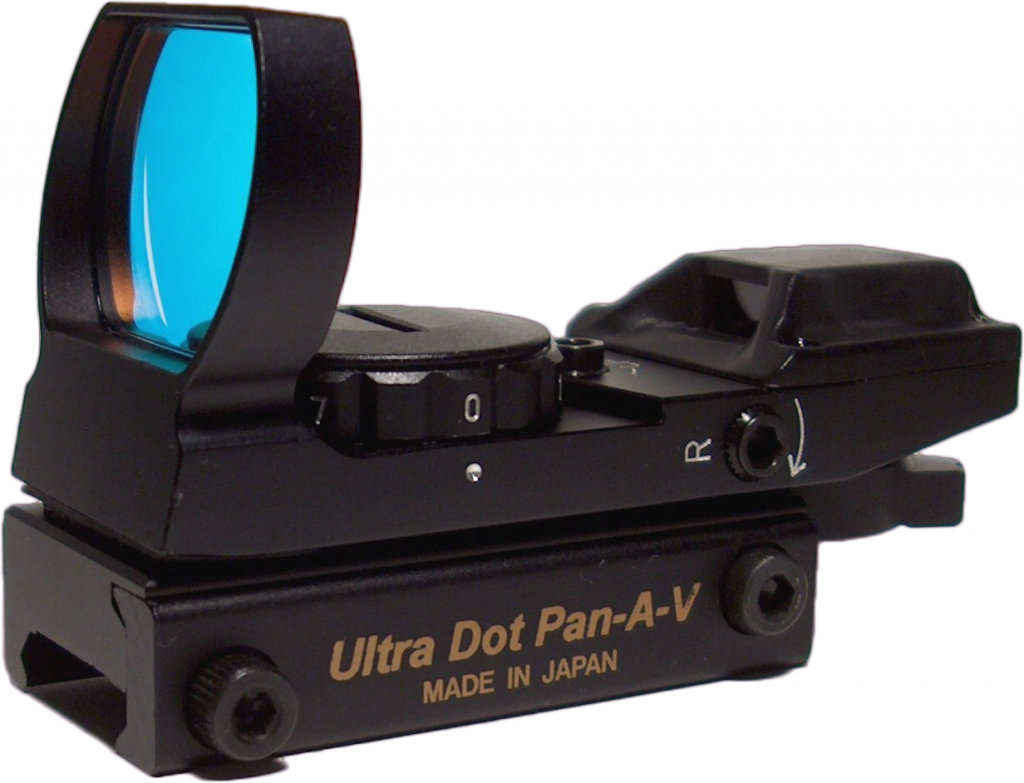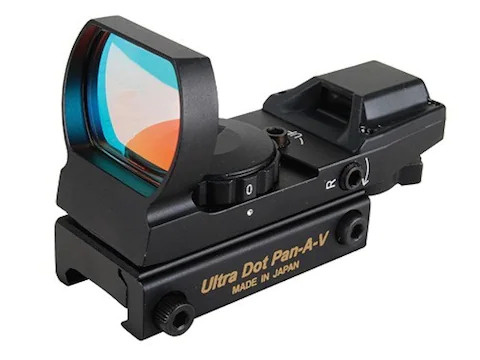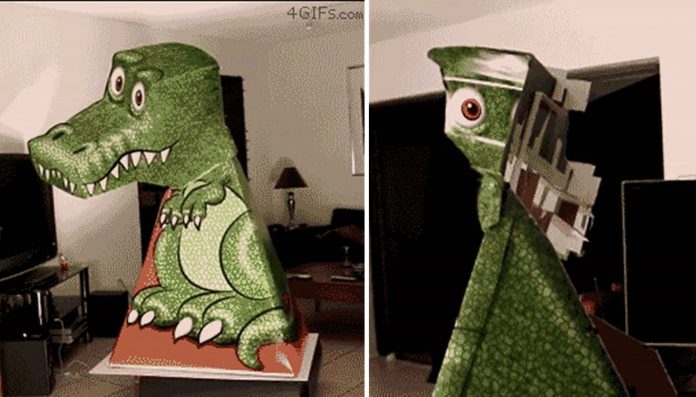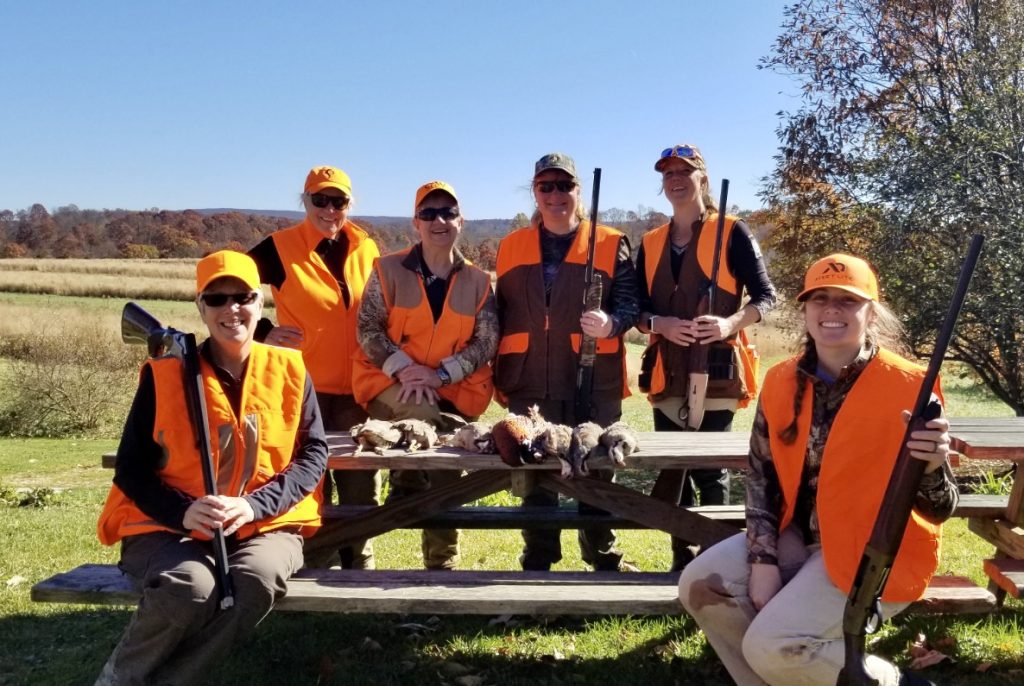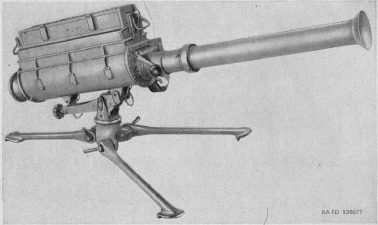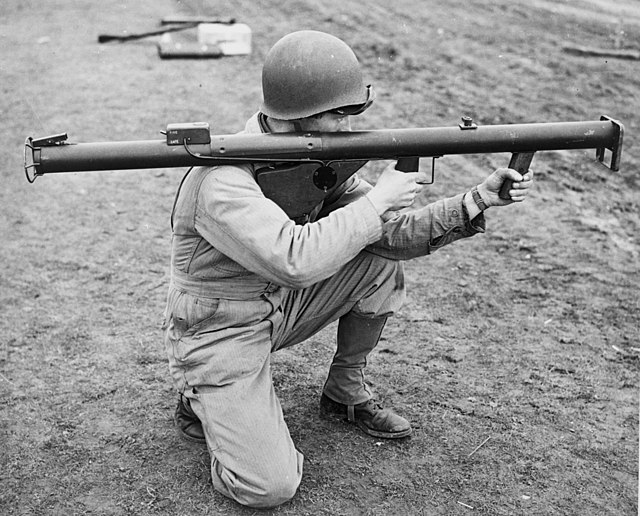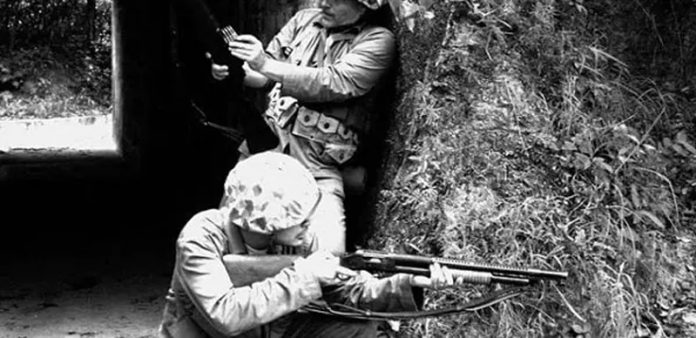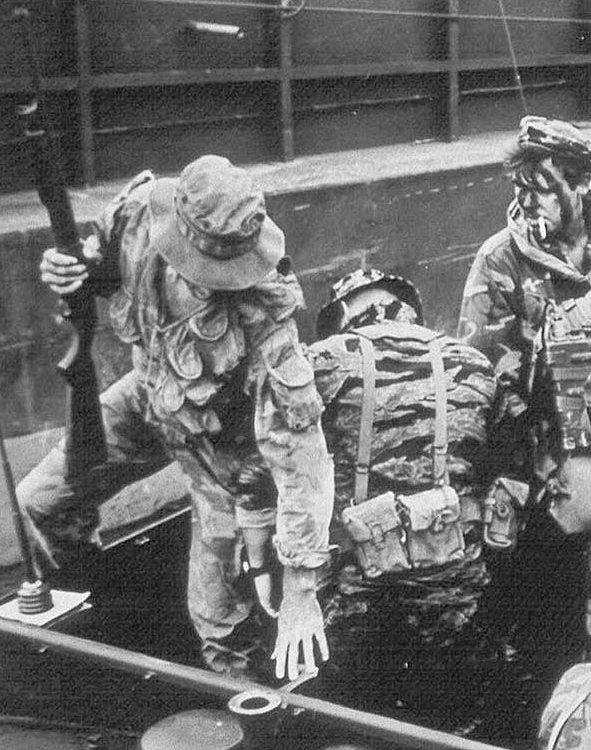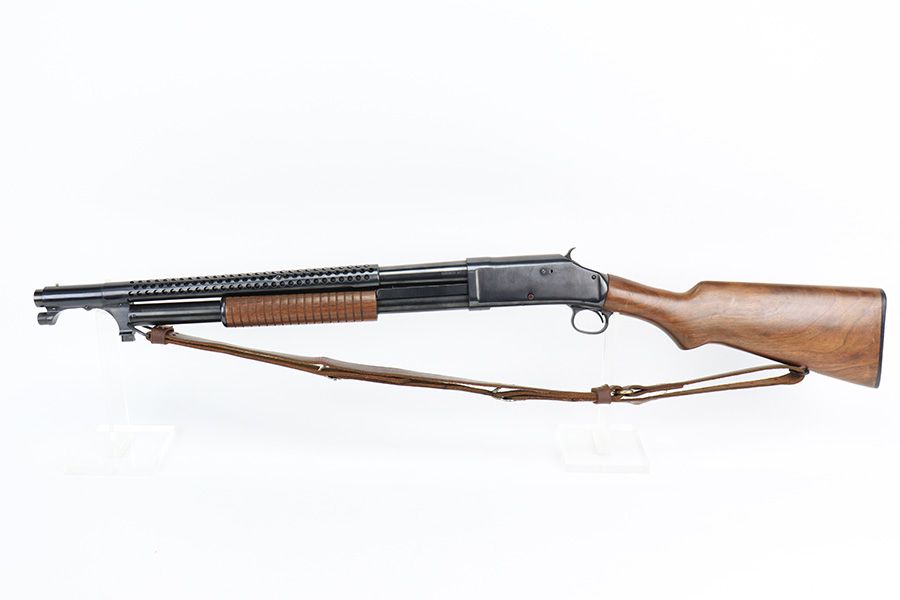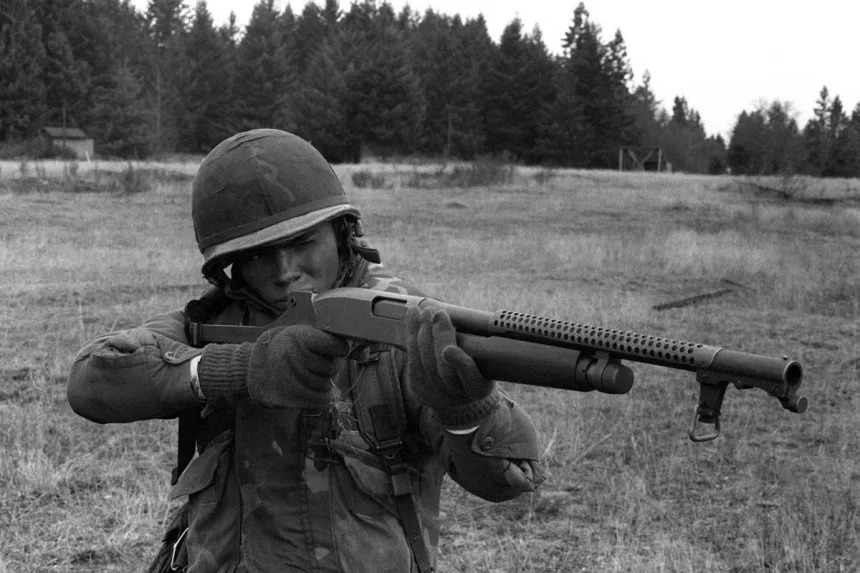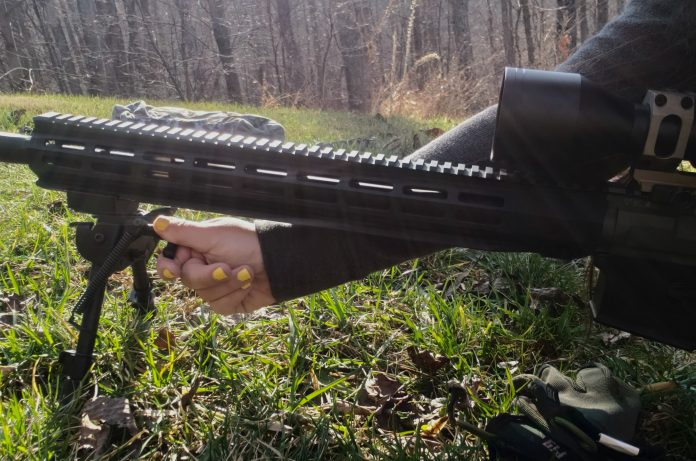Another day, another fun fieldcraft activity. At least it’s fun to me. Today we are going to build a field improvised shooting rest. Did you go to the field without a bipod or shooting stick and find yourself needing a little extra support? Maybe you are stuck in the defense in the woods of Camp Lejeune and are looking for a way to improve your position. That’s where this rest comes in.
What You’ll Need For Your Field Improvised Shooting Rest
You won’t need much to build our field improvised shooting rest. In fact, all you need from civilization is some 550 cord.

Three feet can usually build a prone height-supported position. You need to find a few decent-sized limbs or a limb that’s a few feet tall. It should be at least 1.5 inches thick. You’ll need three-foot length pieces for a prone height field improvised shooting rest.

Building Your Field Improvised Shooting Rest
Gather your sticks and choose two that look thick and supportive. Grab your 550 cord and begin wrapping the sticks together in an X shape. This forms the anchor of your field improvised shooting rest. Have the 550 cord go around, over, and through as you bind. Make sure the binding is super tight, and you have a layer over the top axis of the X. This will keep the legs from collapsing and bending together.
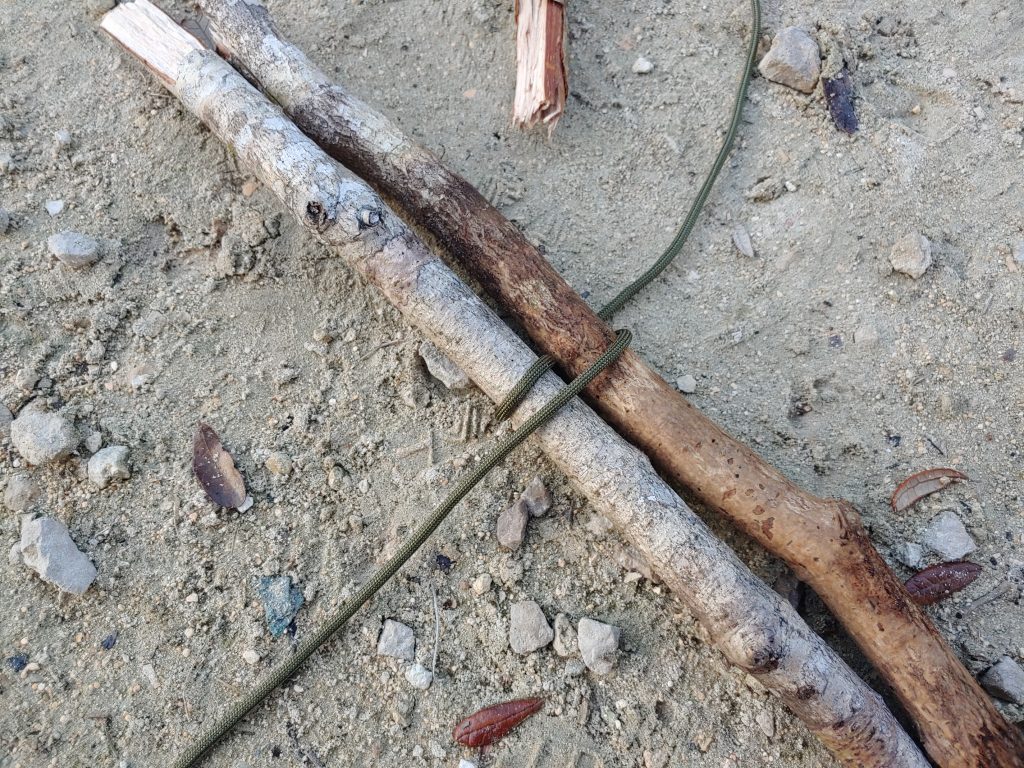
The binding has to be tight, or it will not support the weight of the weapon when its tasked to once you have a rugged, tight, and strong X grab your third stick. You will attach the final stick to the bottom of the X. It needs to be bound very tight to provide support and prevent collapse. Go around the bottom of the stick and through the top of X once more. Once it’s tight, take your tail and tie it to any of the limbs.
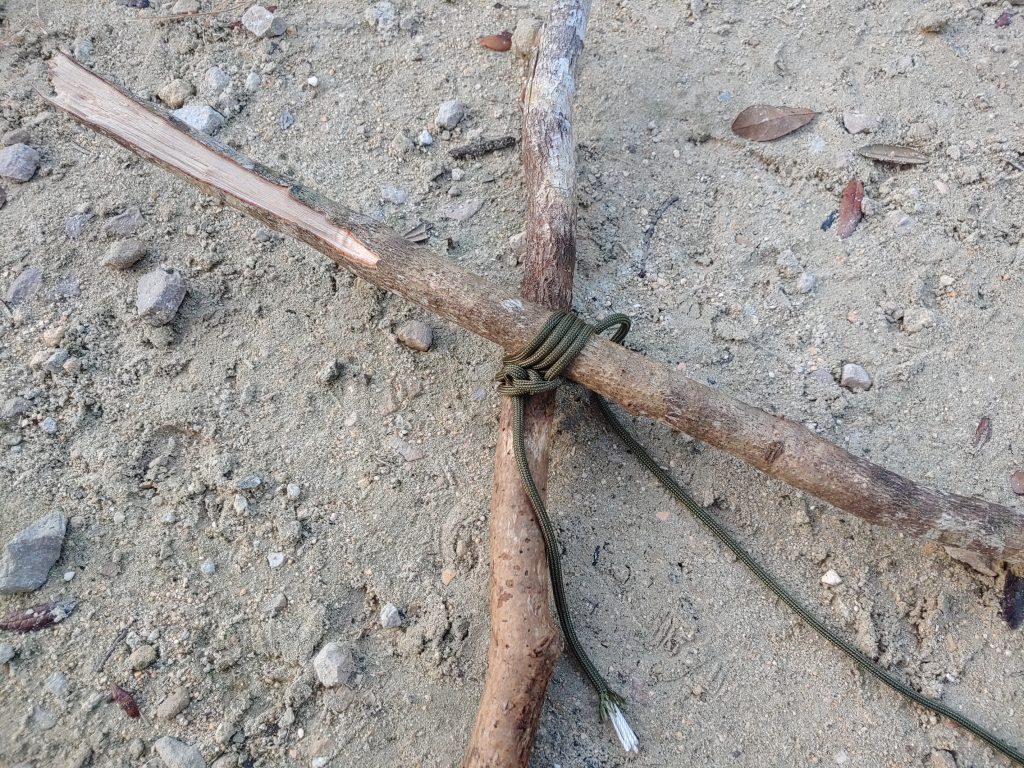
Once it’s tied together, rest your rifle on the support and see if your field improvised shooting rest can support the weight. If it cannot, your sticks are likely not bound tight enough. Retighten it until it can support the weight of the weapon without collapsing. Your next test will be shooting with it. The heavier the recoil, the tighter your binding needs to be.
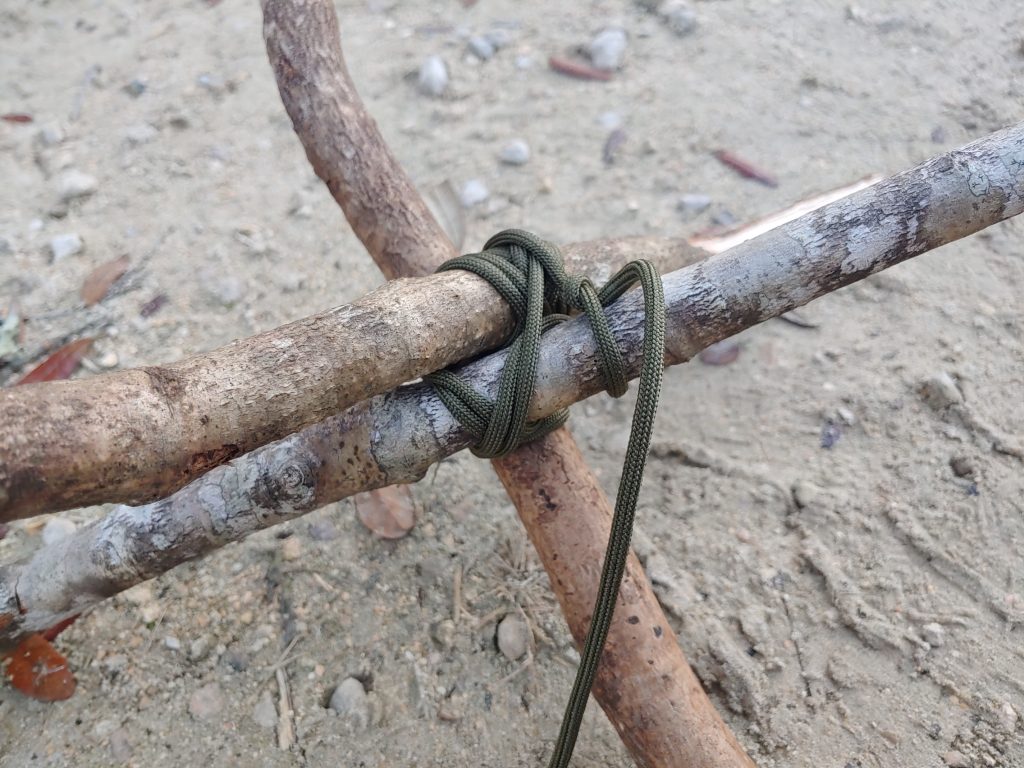
With an AR in 5.56, it’s no big deal. A .300 WinMag Remington 700 might have something else to say about it. This rest and is a disposable item that will wear out quickly. Don’t expect it to last forever. You may need to tighten the binding and watch for collapse occasionally.
Size and Height
You can always build it taller to support a weapon outside of the prone position. Heck, if you get big enough limbs, you can make it tall enough to sit with your gun rested.
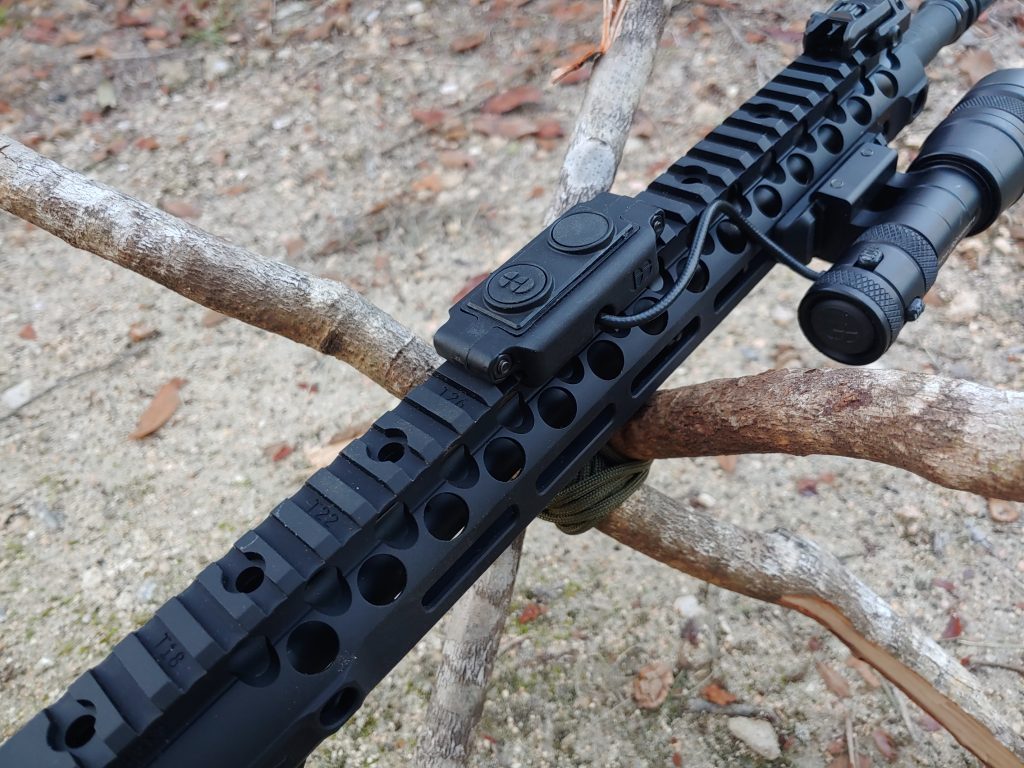
The taller the support, the stronger the binding and limbs have to be. If it’s sitting height, you might need some surprisingly dense wood and a fair bit of binding material.
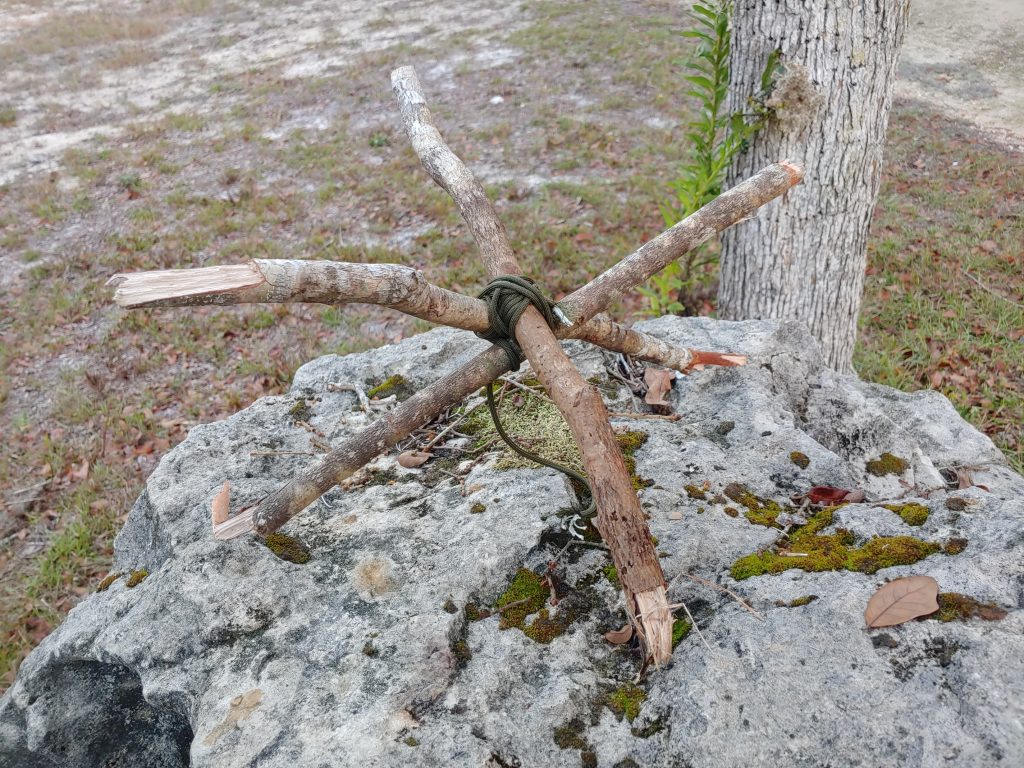
Sizing it just right for your weapon and situation is wise. It’s perfect for hunting on the ground or fighting in Ukraine. Knowing how to build a field improvised shooting rest is a very simple skill to have and a very handy one to have. Knowledge weighs nothing, and I find outdoor arts and crafts fun, and hopefully, you enjoy it as well.

